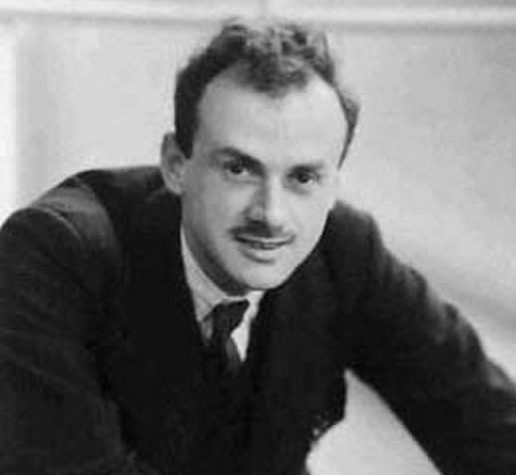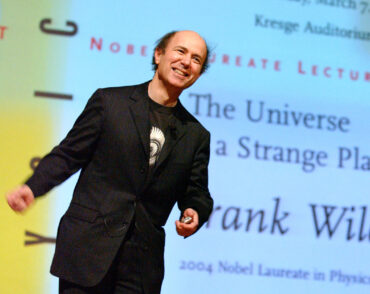
The Pleasure and Pain of Scientific Predictions
Some physicists have waited a whole lifetime for reality to meet their expectations.
In recent months, two gorgeous experiments have reported convincing evidence for the existence of anyons, a new type of particle that can exist only inside of certain materials. Their distinctive feature is that they have a kind of primitive memory, enabling them to preserve information about their past motions. This feature makes anyons an important building block for future quantum computers.
For many years, most physicists thought that all particles must be either bosons (a category that includes photons, the particles of light) or fermions (which includes protons and neutrons, located in an atom’s nucleus). But in the early 1980s, building on work by earlier researchers, I proposed the existence of a new type of particle, which I named anyons as a kind of joke, derived from “anything goes.” At the time, I expected the existence of anyons to be confirmed by observation within a few months—rather short of the four decades it actually took. In science, reality can be slow to meet our expectations.
Sometimes the wait takes even longer, or never ends at all. In 1931, Paul Dirac, one of the founders of quantum mechanics, predicted the existence of particles that carry magnetic charge, which he called magnetic monopoles. In essence, they are tiny magnets with only a north pole.
Dirac was one of the greatest physicists of all time—among other things, he introduced the concept of antimatter. Using new mathematical ideas, he showed that magnetic monopoles are consistent with the principles of quantum mechanics, despite some serious appearances to the contrary. Better yet, he showed that their existence would explain the profound but otherwise deeply mysterious fact that protons and electrons have equal and opposite electric charges that cancel each other out precisely.
In 1981, at a summer school dedicated to “50 Years of Magnetic Monopoles,” my wife Betsy Devine and I frequently shared breakfast with Dirac and his wife Margit. Paul was notoriously taciturn, but Margit told us that he was very disappointed by the conference. He had hoped to hear confirmation of a reported discovery of magnetic monopoles, but instead the experiment was heavily criticized and its results were discounted. Margit was concerned because she felt that his hope for the discovery of monopoles “was keeping Paul alive.” After the summer school, Dirac wrote his last words on the subject, in a letter: “I am inclined now to believe that monopoles do not exist.” He died in 1984.
To this day, despite vigorous searches of many kinds, genuine magnetic monopoles have never been observed. Yet the new concepts Dirac introduced in connection with monopoles have been enormously influential. There are very good reasons to think that monopoles really do exist, but that they are much too heavy to be produced in particle accelerators or even in cosmic rays.
Albert Camus wrote that “we need the sweet pain of anticipation to tell us we are really alive.” In science, we make progress by anticipating how our ideas might be realized in nature. The process can be slow, painful and ultimately tragic. Yet rising to its challenge is an important discipline of thought, often leading to creative surprises—and more rarely, but wonderfully, to Nature’s “Yes.”
Originally appeared on August 20, 2020 on The Wall Street Journal website as ‘The Pleasure and Pain of Scientific Predictions‘
Frank Wilczek is the Herman Feshbach Professor of Physics at MIT, winner of the 2004 Nobel Prize in Physics, and author of the books Fundamentals: Ten Keys to Reality (2021), A Beautiful Question: Finding Nature’s Deep Design (2015), and The Lightness of Being: Mass, Ether, and the Unification of Forces (2009).


